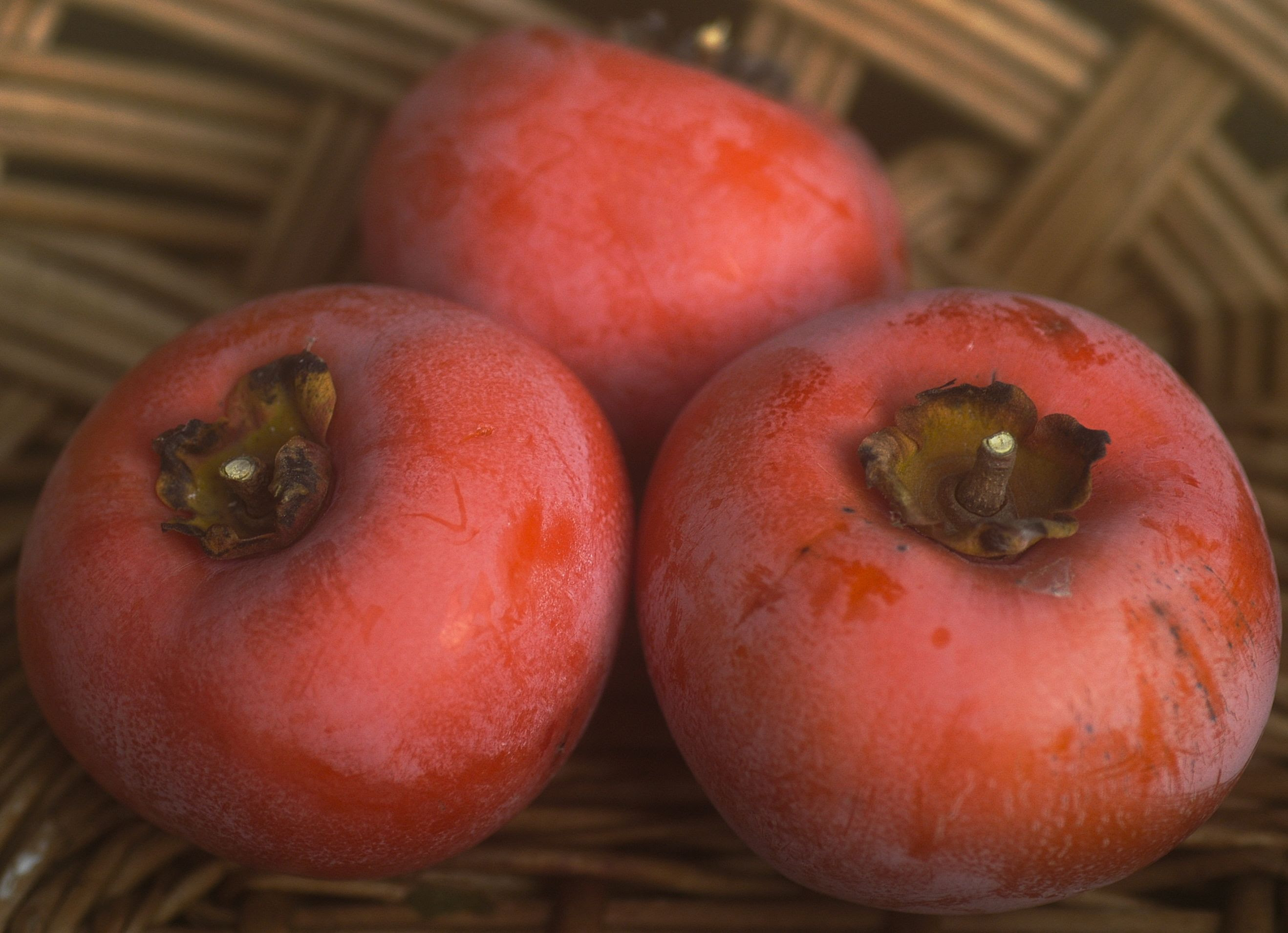Saturday is the final day for CSA members to collect vegetables, sharing in a bumper crop of sweet potatoes, plenty of greens, radishes, baby turnips, carrots, beets, bok choy, lettuces… The lush winter garden will continue to be harvested for local restaurants.

 We are delighted with the garden now flourishing in the hoop house. The first harvest of hoop house spinach is beautiful and delicious. Rows of lettuce planted the same day outside (left) and in the hoop house (right) are easy to compare. In the protected environment of the hoop house – no wind, moderate temperatures, plus a thick layer of compost – we’re getting rapid, lush growth on all our greens. Our exuberant thanks goes to Thunder player Kyle Singler for his generous donation that made our hoop house possible, as well as the countless volunteers who helped with the preparation and construction.
We are delighted with the garden now flourishing in the hoop house. The first harvest of hoop house spinach is beautiful and delicious. Rows of lettuce planted the same day outside (left) and in the hoop house (right) are easy to compare. In the protected environment of the hoop house – no wind, moderate temperatures, plus a thick layer of compost – we’re getting rapid, lush growth on all our greens. Our exuberant thanks goes to Thunder player Kyle Singler for his generous donation that made our hoop house possible, as well as the countless volunteers who helped with the preparation and construction.
As winter approaches (we think!) composting will continue and there is a growing list of winter projects. Winter is also a time of continuing education and Lia has just returned from a week-long learning/working experience at a Texas flower farm.

This Thanksgiving Week, we experienced a surprise: a Road Runner, its tail aflash, on 32nd Street, dashing about the front yard gardens before a cat inspired it to fly up into a tree.—Lia Woods
Veggie (Well, Fruit) Spotlight:
Ode to the Persimmon

A few years ago, the little asian persimmon tree that we had planted in our community garden bore fruit for the first time. It had three persimmons on it. I ate one. All other thoughts left my mind. And then I said, “Forget carrots and potatoes, I want to be a persimmon farmer!” Eating that persimmon was like eating pudding straight from the tree. Inside the skin was a thick, soft, jelly-like pulp, sweet and full-flavored.
American persimmons are a common native tree, and very cold hardy. Asian persimmons have larger fruit, and are sweeter. Hybrids like Nikita’s Gift combine the best of both. Edible Landscaping and Womack Nursery are among many good sources for seedling trees. Plant an asian persimmon this spring, and expect your first fruits in just 3 or 4 years – an astonishingly small amount of effort up front, for years of enjoyment. Unlike peaches or apples, persimmon trees are relatively pest-free.
A word of warning: don’t eat these fruits before they are fully ripe. Tasting an underripe persimmon is a peculiar and memorable experience, like having all the moisture instantly sucked out of your mouth and replaced by chalk. This astringency is due to the high tannin content, which lessens as the fruit matures. Wait until the persimmons are soft to harvest them, or harvest just before they’re ready and let them ripen off the tree. I’ve been taught to put them in the freezer for a few days, which works like a charm.
There are also non-astringent persimmons, such as Fuyu. These can be eaten when still firm like an apple, and are sweet and crisp. Persimmons sold in the store are usually this type.
In the fall, if you don’t pick all the fruit before the leaves drop, the trees transform into beautiful autumn centerpieces, with round, orange ornaments hung all over them. Look for a Garden School workshop next spring, when we’ll plant our next set of persimmon trees together.
And, in this Thanksgiving Season…
Now I do. I live on 32nd street.  There are vegetables growing in my front and back yards. I am part of the CommonWealth Urban Farms community. I’ve been grateful for the amazing series of circumstances that brought me here, but never more grateful than I am right now.
There are vegetables growing in my front and back yards. I am part of the CommonWealth Urban Farms community. I’ve been grateful for the amazing series of circumstances that brought me here, but never more grateful than I am right now.
To live in an urban farming community is to be unbelievably fortunate.
Trees, shrubs, flowers, bamboo, vegetables, greens are lush and abundant.
And so, there is beautiful, nutritious, fresh food
and great air
and birds and squirrels (and this week, a Road Runner!!)
and butterflies and bees and other flying, crawling creatures
and people out in their yards, gardens
sharing work, life,
offering comfort and support and inspiration.
To live in an urban farming community
as the cultural chasm deepens,
as our planet is threatened
is to have active hope:
that all that encompasses people raising food
together
will help bring understanding
of how we can continue
to live
together
with all on the planet.
And during this Thanksgiving season, may we be especially mindful of the native people who walked this land and lived in harmony with it long before us, and who stand as protectors of Mother Earth even now.—Pat Hoerth
